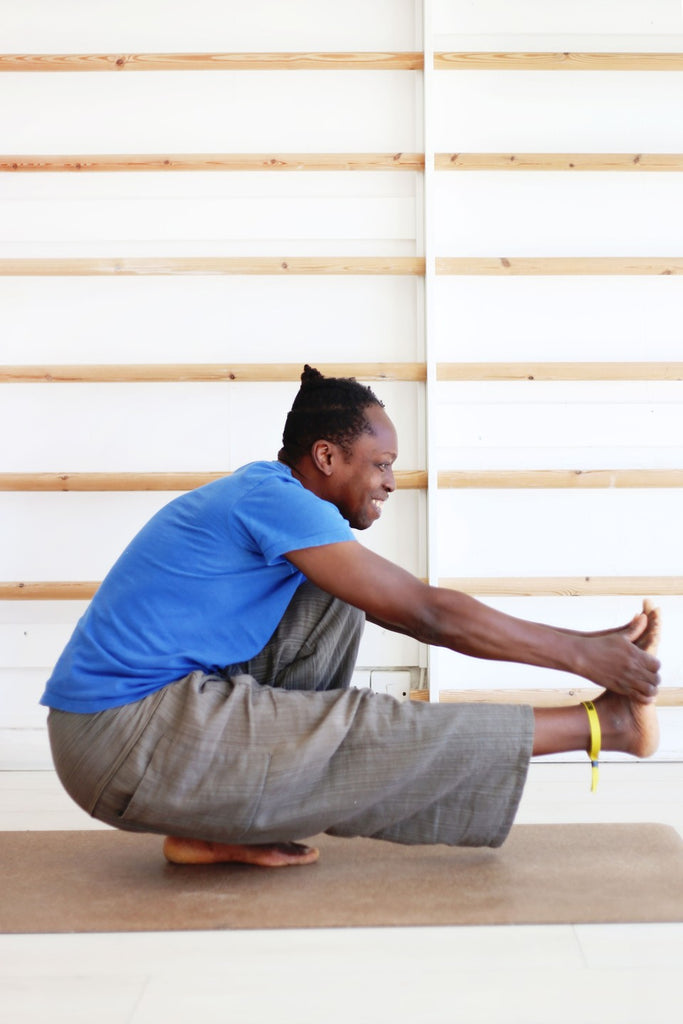Thoughts on Patanjali's Yoga Sutras 1.7-9

We haven't done a Sutra deep-dive in a wee while, so we are easing back into it this new year with an overview and our brief thoughts about Sutras 1.7-9. As ever, these are our impressions of these very formative and treasured scriptures, and we would love to hear yours and what you've taken from the precious, insightful messages they hold!

-
प्रत्यक्षानुमानाअगमाः प्रमाणानि
pratyakṣa-anumāna-āgamāḥ pramāṇāni
"right knowledge are cognised by direct perception, logical reasoning and scriptures"
What sources can we refer to to get the right knowledge - the 'Pramana'? What evidence is there to suggest that knowledge we attain/ reach the conclusion with is this 'right' knowledge?
Quite big questions that we won't pretend we can answer here and now. But the sutra 1.7 does offer some guidance in this respect, stating there are three sources to look out for - sense perception through your own experience, inference/logical reasoning and testimony of others.
Pratyaksha Pramana, translated in this context to mean 'sense evidence', refers to when we see, hear or experience something with our own senses and presence. Facts that you come to know as facts through direct witnessing and experience of them. Think about those things in your life you know are to be true, because you have experienced them first-hand? The sun rising and setting at particular times in the day; water being wet; the sweet juice of an orange versus the sour taste of lemons. These are 'truths' we reach in moments of presence and participation, and they make us feel part of the present world! They are a huge part of how we make sense of reality and move through our everyday life - they make us feel like we are a part of here!
However, some facts cannot be observed and experienced directly, because the world is large and our immediate experiences are just a tiny part of a wider web - that's where Anumana or 'inference' comes in. This is where we use logical reasoning to assume something is true, based on what we already know and have perhaps witnessed ourselves through those more direct Pratyaksha experiences. An example of this would be: you wake up to puddles in the street and rain droplets on flowers as you walk to work. It isn't raining, but you infer from this direct evidence of something linked to rain, that it has rained whilst you were asleep. This inferred reasoning is what is called Anumana Pramana.
The final point here is a little more difficult to connect to our modern lives, and may be less relevant for you, but testimonial reasoning is an equally important mode in the Sutras, regarded as a testimonial scripture of truth in itself. Scripture is included in this respect to mean those things we cannot know through direct experience or logical reasoning as described above, so you may turn to texts by authoritative figures to attain these kinds of insights. While many of us have turned away from scripture to find truth in more on-the-ground, contact-based experiences, there may be some things you read, or people you admire, that have imparted a degree of knowledge into your life that has ended up influencing you massively. This could be someone widely revered or someone immediate in your life. What other people say can sometimes ring hugely true and impart knowledge we wouldn't have reached in any other way, so this component may definitely still be relevant! Deemed Agamah Pramana, this got us thinking about all the things we've read or heard from others that have shaped how we see the world and what we perceive to be true. 
-
विपर्ययो मिथ्याज्ञानमतद्रूप प्रतिष्ठम्
viparyayo mithyā-jñānam-atadrūpa pratiṣṭham
"Misconception is the false knowledge that differs from reality"
What happens when the knowledge we thought was true turns out not to be? What exactly are misconceptions and where might they come from?
These are the questions surrounding 1.8, which reminds us that we all suffer misconceptions at times and - we'd argue - these are a natural part of being human! Being curious about our misconceptions and what might have led us into that false knowledge in the first place is a great way of getting to know yourself a bit better and cultivating a clearer idea of the world and all the wee truths running through it.
Visually, audibly and in other sensorial ways, it is easy to fall into the trap of mistaking one thing for another. Many commentaries use the 'rope as a snake' example for this, and it reminds us of those times we see things that may not be there, but being human and attuned to seeing things in certain ways, we may fall prey to believing what isn't! Of course, more than often, the misconception unravels to reveal the truth, but it is very interesting and often insightful to notice when we might buy into false conceptions of the world, and why our perception might be more accustomed to seeing things in that certain way.
Do we tend to view things from a place of fear? Do we always conclude negatively before we give reality a chance to show the positivity that also exists in it? These kinds of questions might be useful in making sense of this Sutra!

-
शब्दज्ञानानुपाती वस्तुशून्यो विकल्पः
śabda-jñāna-anupātī vastu-śūnyo vikalpaḥ
"Vikalpa is the knowledge through hearing devoid of the object in reality."
Vikalpa means a fictitious modification of the mind - the mind believes something about an object that isn't true. The difference here with the previous Sutra is that 1.8 referred to a wrong idea about an existing object, whereas as Vikalpa refers to the wrong idea about an object that doesn't exist at all. Taking this back to the "rope as a snake" example, the fear arising from seeing in this way, the fear of a snake that isn't there, would be indicative of Vikalpa at play. The snake isn't real, so the offset of thoughts about a snake based on that snake being fictitious, demonstrates Vikalpa. Lots of layers to that one!
We guess that this kind of situation is very common in our real lives, where lots of times we may misconceive things and then our minds race with thoughts linked to that misconception. In our hyper-vigilant modern states, even minor misconceptions can be triggers for all sorts of other things, and the mind can often spiral and race down many rabbit holes. Cultivating an awareness of these layers of thought at their early stages, how something fictitious may have been triggered by that initial sight of something equally fictitious, might help us in avoiding those spiralling episodes that many of us struggle with!
While this could happen, and does happen, in all manner of ways, grounding our attention in something we know to be true - a flower, a nearby tree, the smile of your friend next to you, perhaps even a stranger passing by - might be a good practice to keep when noticing Vikalpa so we don't jump so deeply down those mind tunnels of unhelpful, often unreal, thoughts! 🙂
That's all for this month! We'll be back soon to explore more of the Sutras and the wisdom they hold <3


